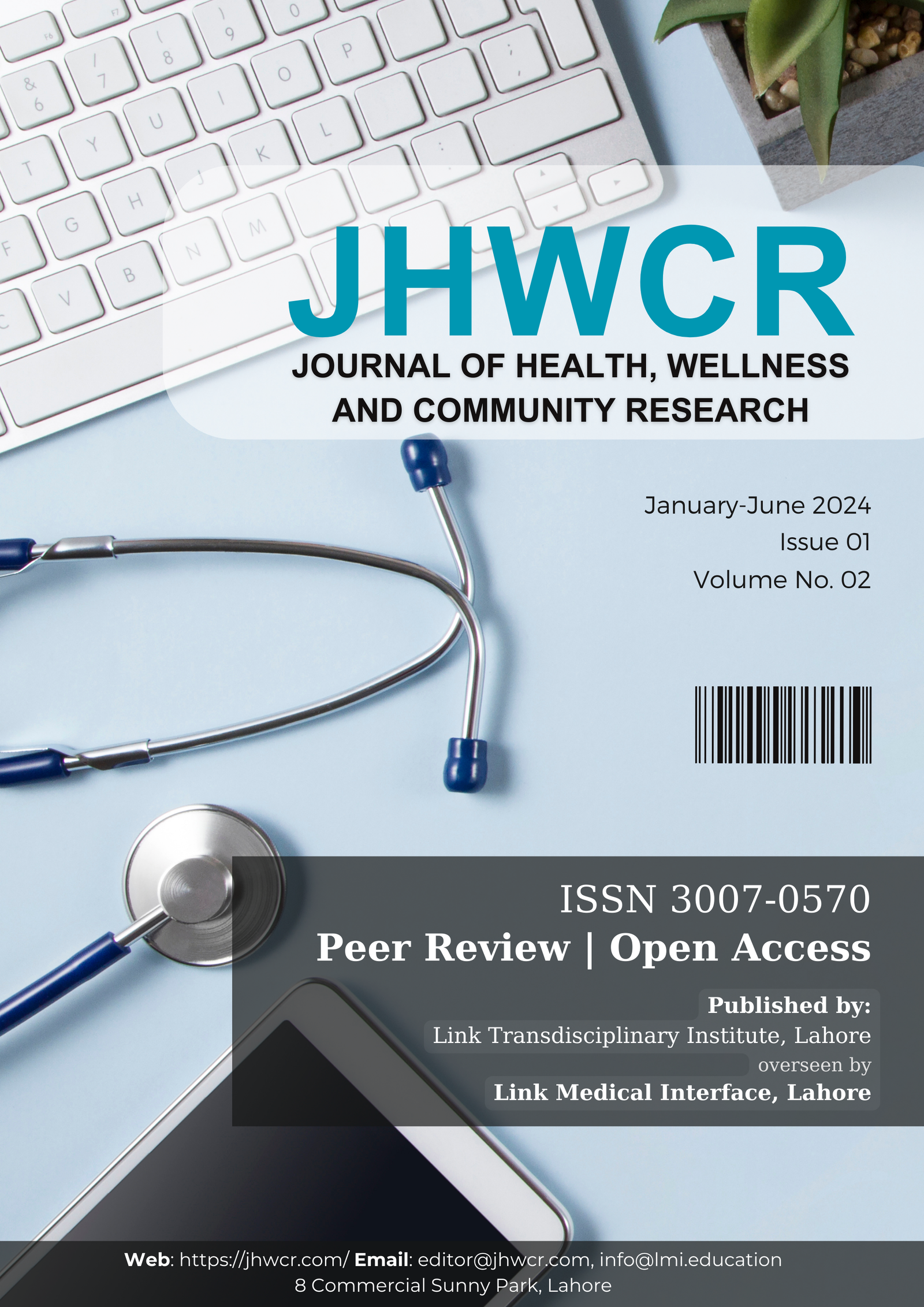Accessing Driving Posture Among Elderly Taxi Drivers in Karachi
DOI:
https://doi.org/10.61919/abw12k91Keywords:
Taxi Drivers, Ergonomics, Musculoskeletal Pain, Occupational Health, Posture, Vision Disorders, Public HealthAbstract
Background: Elderly taxi drivers face significant occupational health challenges due to prolonged sitting and inadequate ergonomic conditions, leading to a high prevalence of musculoskeletal discomfort. Objective: This study aimed to assess driving posture-related discomfort, ergonomic awareness, use of supportive interventions, and associated occupational health practices among elderly taxi drivers in Karachi, to identify gaps and guide evidence-based ergonomic improvements. Methods: A descriptive cross-sectional study was conducted among 42 male taxi drivers aged ≥35 years in Karachi, recruited through purposive sampling. Inclusion criteria encompassed active driving for ≥1 year, while individuals with cognitive or neuromuscular impairments were excluded. Data were collected via a structured, face-validated questionnaire assessing demographics, discomfort frequency, ergonomic behaviors, and vision-related issues. Ethical approval was obtained from the Institutional Review Board, University of Karachi (IRB/2024/74-TX), in accordance with the Helsinki Declaration. Descriptive and inferential statistics were analyzed using SPSS version 27.0; missing data were handled by listwise deletion. Results: Among participants, 60% reported frequent posture-related discomfort, while 85% recognized the importance of proper posture. However, only 40% received ergonomic training, 50% used ergonomic aids, and 20% were aware of government initiatives. Vision problems (60%) and low healthcare consultation rates (26%) highlighted additional clinical concerns. Conclusion: Despite high ergonomic awareness, implementation remains suboptimal, necessitating structured training, improved taxi design, and policy-level ergonomic support. These findings underscore the urgent need for occupational health interventions to safeguard elderly drivers’ well-being and public safety.
Downloads
Published
Issue
Section
License
Copyright (c) 2025 Raja Maqsood Ahmed, Muhammad Tahir Akram, Isra Rizwan (Author)

This work is licensed under a Creative Commons Attribution 4.0 International License.


